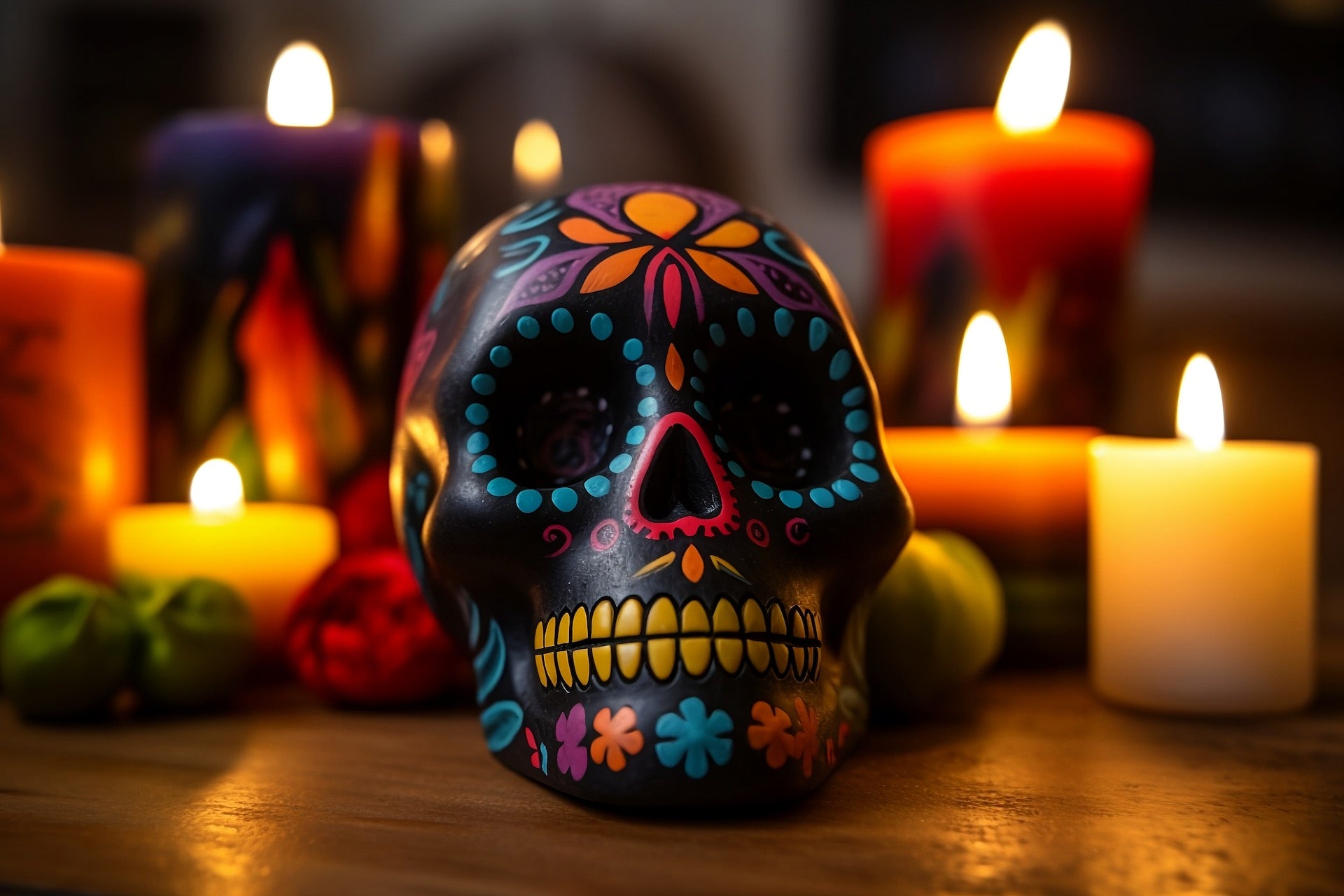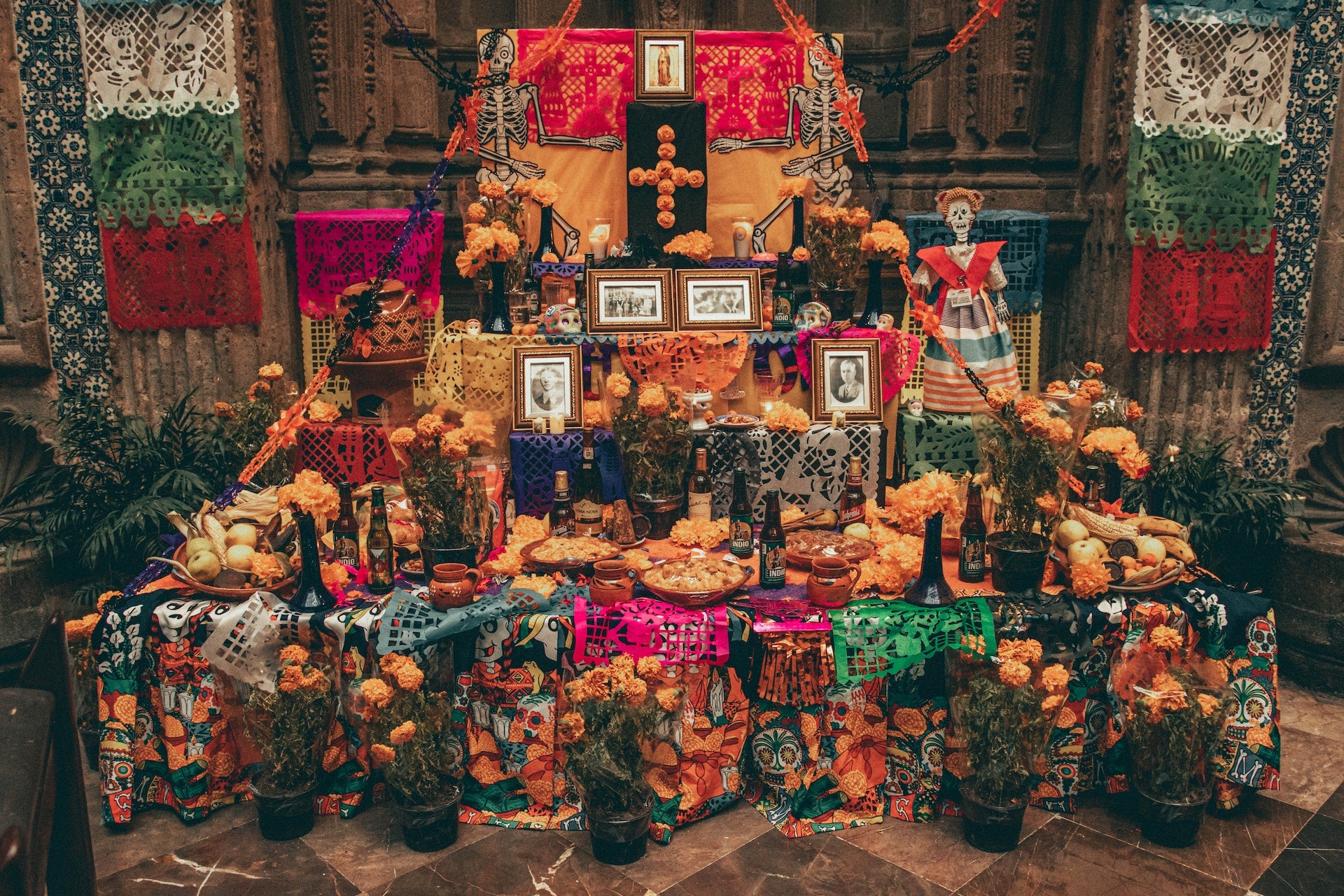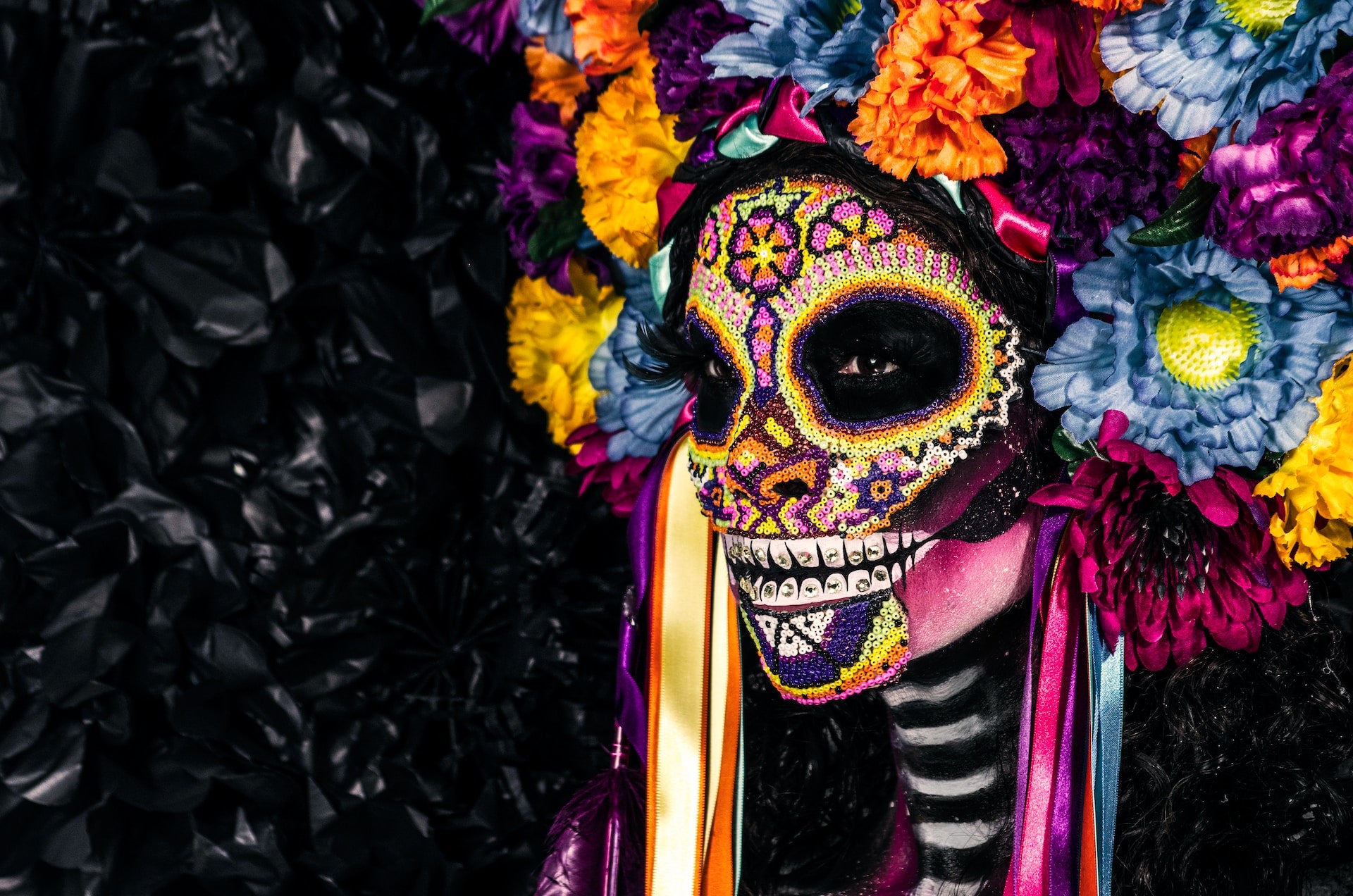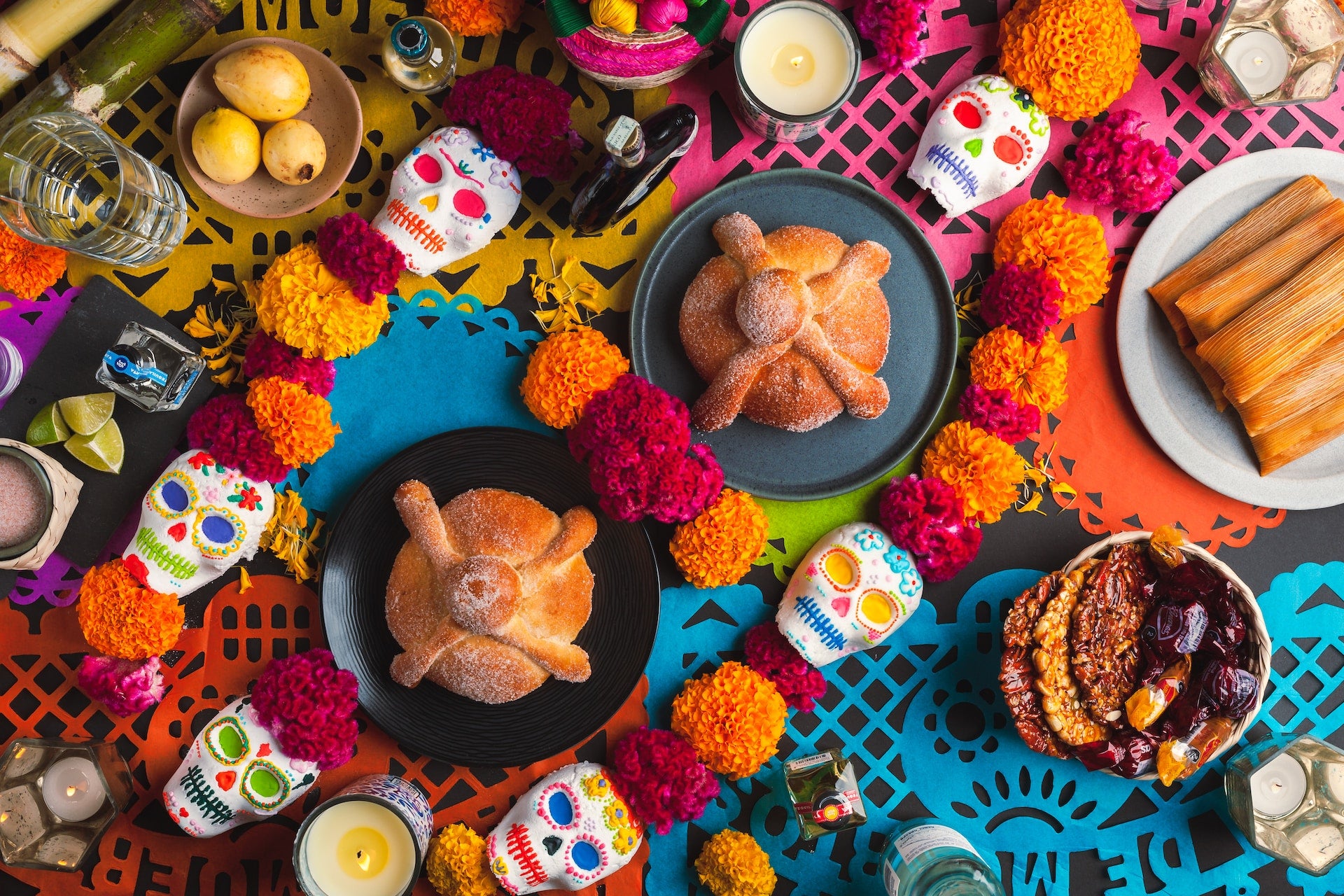Hey there, amigos and amigas! It's that time of the year again when the air is filled with the scent of marigolds, and the streets come alive with vibrant colors, music, and joyful celebrations. Yes, you guessed it right, we're talking about Dia de Muertos – the Day of the Dead! This Mexican holiday is a fascinating blend of honoring loved ones who have passed away while embracing the beauty of life. So, grab your sugar skulls and let's dive into this colorful fiesta of life and death!
The History of Dia de Muertos

Before we get carried away with the lively celebrations, let's take a step back to understand the roots of Dia de Muertos. This tradition has deep indigenous Mexican origins, dating back thousands of years to Aztec and other pre-Hispanic civilizations. It is a beautiful blend of Mesoamerican and Catholic beliefs.
Dia de Muertos is celebrated on November 1st and 2nd, coinciding with the Catholic All Saints' Day and All Souls' Day. These days are dedicated to honoring and remembering the deceased, but in Mexico, it's done with a unique and colorful twist.
Altars: The Heart of the Celebration
One of the most iconic elements of Dia de Muertos is the altar, known as the "ofrenda." These beautifully adorned altars are created in homes and cemeteries, and they serve as a way to welcome the spirits of the deceased back to the world of the living. The ofrenda typically includes items like marigold flowers (cempasúchil), sugar skulls, candles, incense, and the deceased's favorite food and beverages.
It's a touching and personal tribute to the departed, as families not only remember their loved ones but also share stories, memories, and laughter about them. It's a time for celebration rather than mourning, and a reminder that the spirits of our ancestors live on in our hearts.
Calaveras and Catrinas: Iconic Symbols
You can't think of Dia de Muertos without imagining those wonderfully intricate sugar skulls and the elegant, skeletal figures known as Catrinas. These intricate and colorful representations of death are a playful way to mock death and its inevitability. Catrinas, often depicted wearing fancy clothing and accessories, serve as a reminder that death doesn't discriminate between the rich and the poor.
Parades, art exhibits, and face painting featuring these iconic symbols are a common sight during the Dia de Muertos festivities. People young and old proudly display their creativity in designing their own calaveras, emphasizing the idea that death can be both beautiful and humorous.
Marigolds and Candles: The Path for Spirits
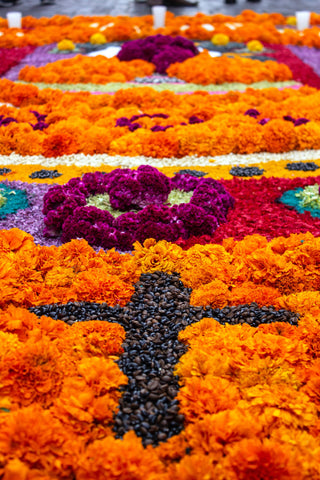
The vibrant orange and yellow marigold flowers are believed to guide the spirits back to the world of the living. Candles and incense are lit to light their way and symbolize hope, faith, and remembrance. These powerful symbols of life and death are seen everywhere during Dia de Muertos, from the streets to the cemeteries.
Feasting on Life and Death
Food plays a crucial role in Dia de Muertos celebrations. Families prepare the deceased's favorite dishes and place them on the ofrenda. Pan de Muerto, a sweet, sugar-coated bread shaped like bones, is a must during this time. It's a delicious treat that combines the essence of life and death, much like the holiday itself.
Dia de Muertos Around the World
While Dia de Muertos has its roots in Mexico, its popularity has spread to various parts of the world. In recent years, many people from diverse backgrounds have adopted the tradition, celebrating and honoring their own ancestors in unique ways. This international recognition showcases the power of this beautiful tradition in fostering unity and understanding across cultures. In fact, in 2008, UNESCO included Dia de Muertos in the Intangible Cultural Heritage List of Humanity, highlighting its significance and cultural richness.
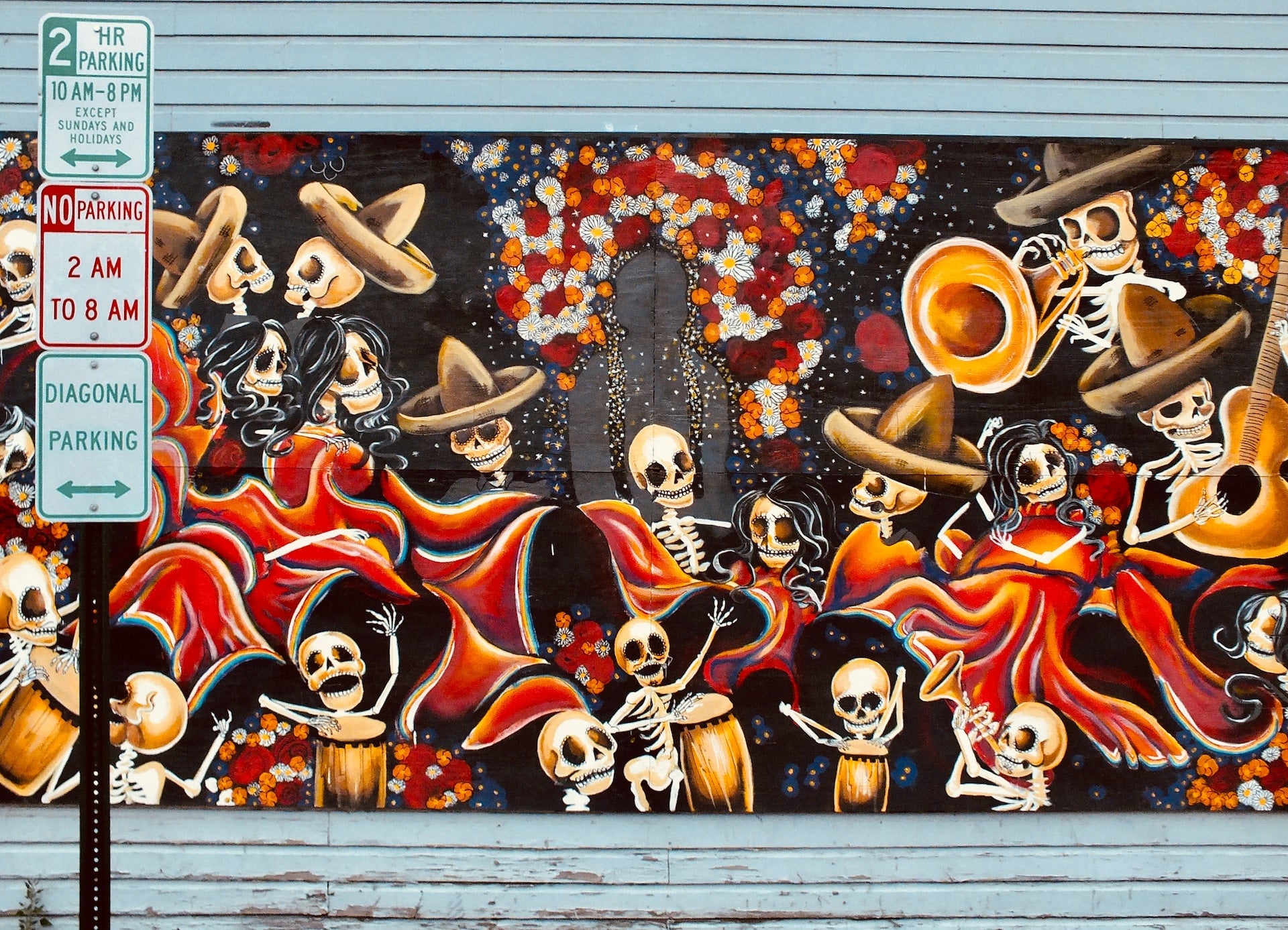
In Conclusion
Dia de Muertos is a colorful, lively, and meaningful celebration that bridges the gap between life and death. It's a time to remember our loved ones and celebrate their lives, a time to mock death with humor and creativity, and a time to embrace the beauty of the human experience. So, whether you're in Mexico or anywhere else in the world, consider taking part in this fiesta of life and death, and remember to celebrate with open hearts, colorful calaveras, and a lot of delicious Pan de Muerto. ¡Feliz Dia de Muertos!


